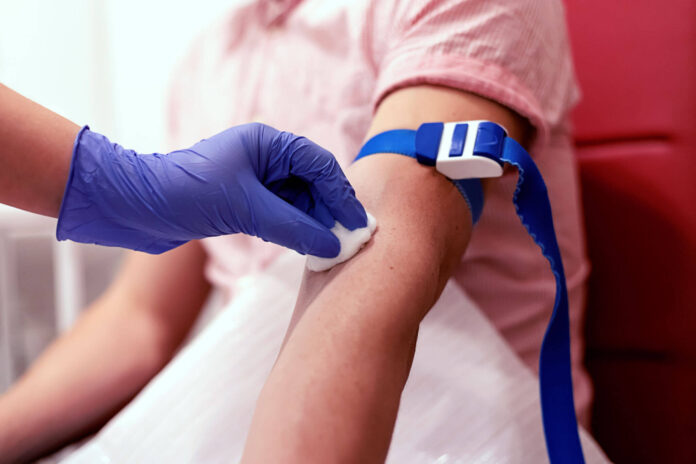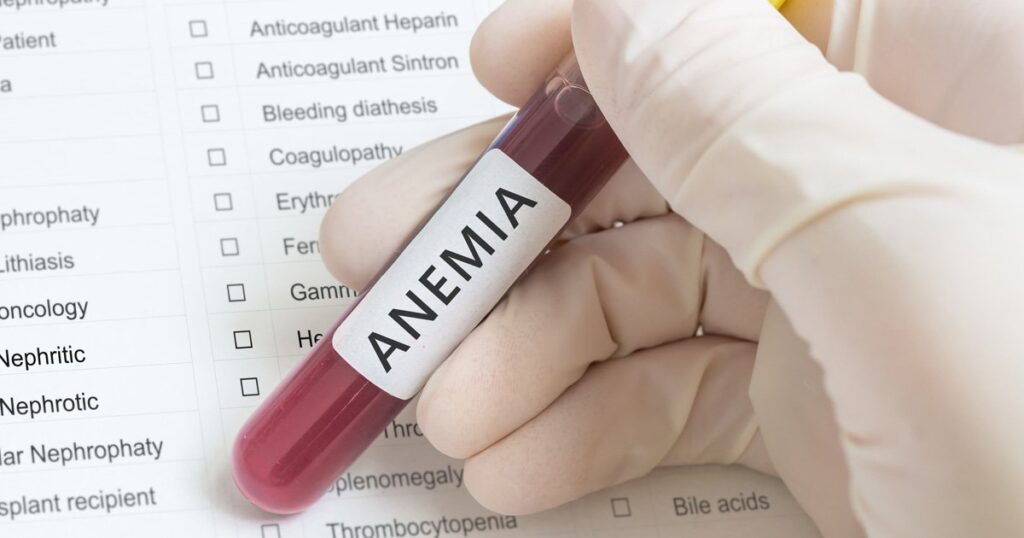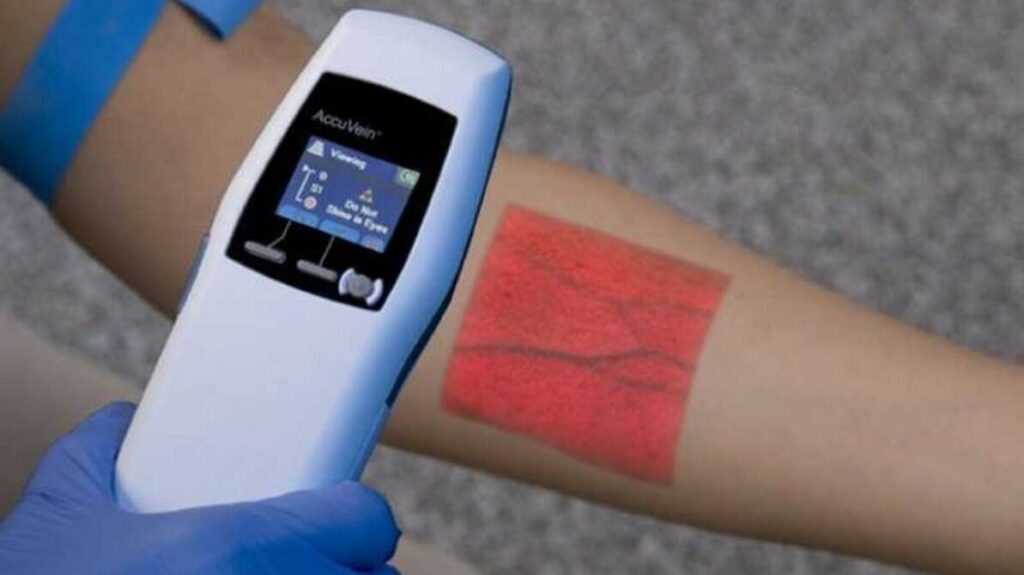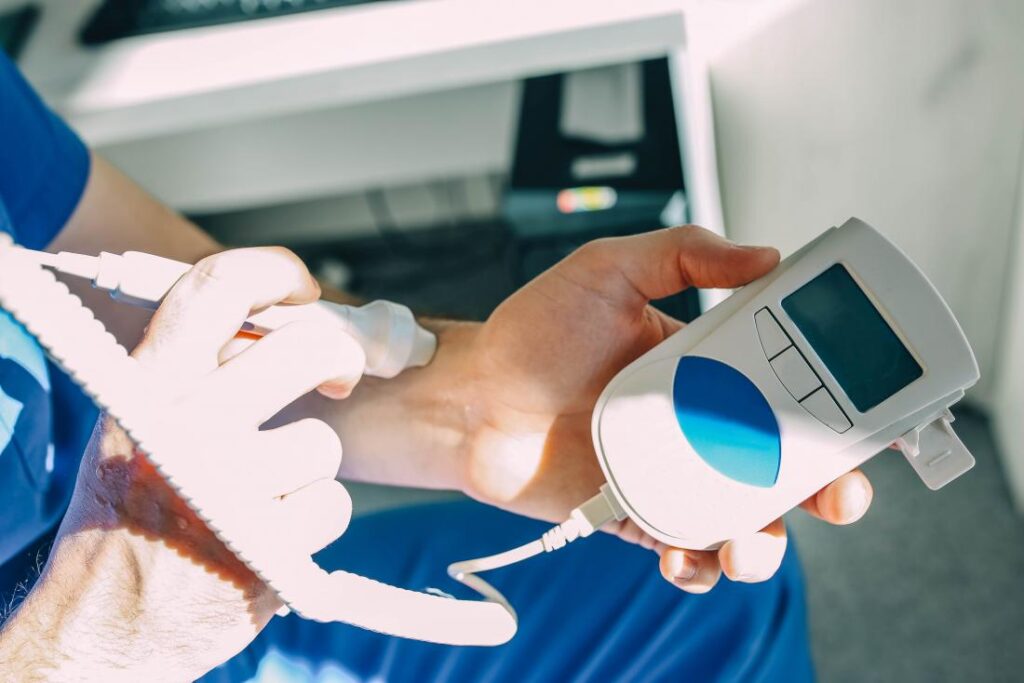
There is a lot of talk about how to find veins easily, but not a lot of good information on how to do it. Vein locating technology has come a long way in the last few years, and there are now a number of devices that can help make finding veins easier than ever before.
In this blog post, we’ll discuss some tips on how to find veins easily using modern vein locating technology. Stay tuned!
Factors that Make Veins Hard to Find

There are a number of factors that can make veins difficult to find. One common factor is dehydration, which can cause veins to collapse and become less visible. Another factor is obesity, which can cause fatty tissue to build up around veins and make them more difficult to see.
Other factors that can make veins difficult to find include:
- Poor circulation
- Low body temperature
- Anemia
In order to find veins easily, it is important to understand these factors and how they can affect vein visibility.
Finding the Veins -Using Various Vein Locating Technology
In order to find veins easily, it is important to have good vein locating technology. There are a number of different devices that can be used to find veins with ease, including:
Vein finders:

Vein finders use light to outline veins beneath the skin. They are often used in conjunction with dopplers to help locate veins.
Vein finder works by emitting a wavelength of light that is absorbed by hemoglobin in the blood. The hemoglobin then re-emits the light, which is detected by the vein finder and used to outline the veins beneath the skin.
This is by far one of the best ways to find veins. Most experts recommend AimVein website for vein finders as the best on the market. These devices have been approved by FDA and are designed with a number of features that make them ideal for use in locating veins.
Doppler:

Doppler uses sound waves to detect the movement of blood in vessels. They can be used to help locate veins that are difficult to see.
Doppler work by emitting sound waves that bounce off of moving objects, such as blood cells. The waves are then detected by the Doppler and used to calculate the direction and velocity of the blood flow. This information can then be used to help locate veins.
Doppler is often used in conjunction with other devices, such as vein finders, to help locate veins.
Thermography:
This is a newer technology that is not as widely used as other methods, but it shows promise for helping to find veins. Thermography uses infrared light to detect temperature changes in the skin. These changes can be used to help locate veins that are difficult to see.
Thermography works by detecting changes in the skin temperature. The temperature changes are caused by the different blood flow in the veins. The thermograph then creates an image of the veins based on the temperature changes.
This method is not as widely used as other methods, but it has shown promise in helping to find veins.
Tips for Using Vein Locating Technology

There are a number of tips that can help you get the most out of vein locating technology:
1. Use more than one method:
Don’t rely on just one method to find veins. Use a combination of methods, such as a vein finder and a doppler, to increase your chances of success.
2. Take your time:
Don’t try to rush the process. Give yourself plenty of time to find the veins.
3. Be patient:
Veins can be difficult to find, so it is important to be patient. If you don’t find the veins immediately, keep looking.
4. Try different positions:
Try different positions when using vein locating technology. For example, if you are having trouble finding veins in the arm, try looking at the hands or the feet.
5. Use a light:
If you are having trouble seeing the veins, try using light. A flashlight can help you see the veins better.
FAQs

Q1: What happens if you can’t find a vein?
A: There are a number of ways to find veins, so don’t give up if you can’t find one immediately. Try different methods and positions until you are successful.
Q2: What is the best way to find veins?
A:The best way to find veins is to use a combination of methods, such as a vein finder and a doppler.
Q3: How can I make it easier to find veins?
A:There are a number of things you can do to make it easier to find veins: use more than one method, take your time, be patient, try different positions, and use a light.
Q4:Is there a difference between veins and arteries?
A:Yes, there is a difference between veins and arteries. Veins carry blood from the body to the heart, while arteries carry blood from the heart to the body. Arteries are usually larger than veins.
Q5:What if I still can’t find the veins?
A:If you are having trouble finding veins, even after trying different methods and positions, you may want to see a doctor. They can help you find the veins and give you further instructions on how to care for them.
Takeaway
We hope you have found this article helpful in learning how to find veins easily. Remember, it is important to understand the factors that can make veins difficult to find and to use a combination of methods when trying to locate veins. If you take your time and are patient, you should be able to find the veins you are looking for in no time.
Even though veins can be difficult to find, it is important to remember that they are an important part of the body. They carry blood from the body to the heart, so it is essential to take care of them. If you have any concerns about your veins, please see a doctor for further instructions.








